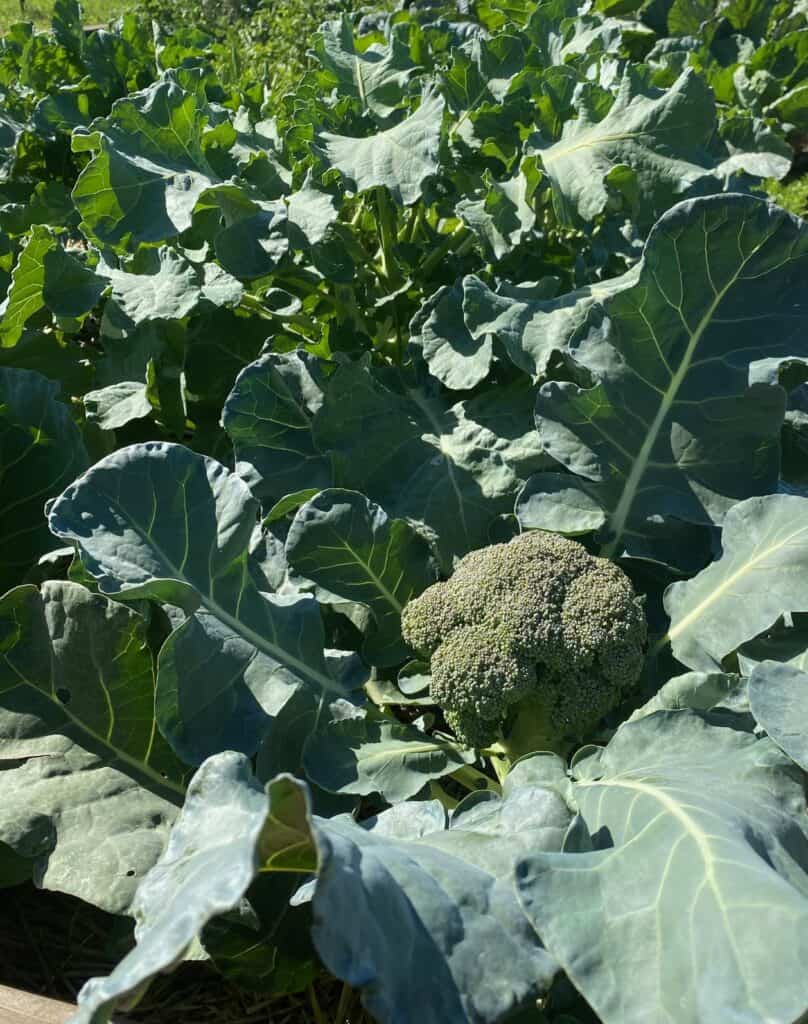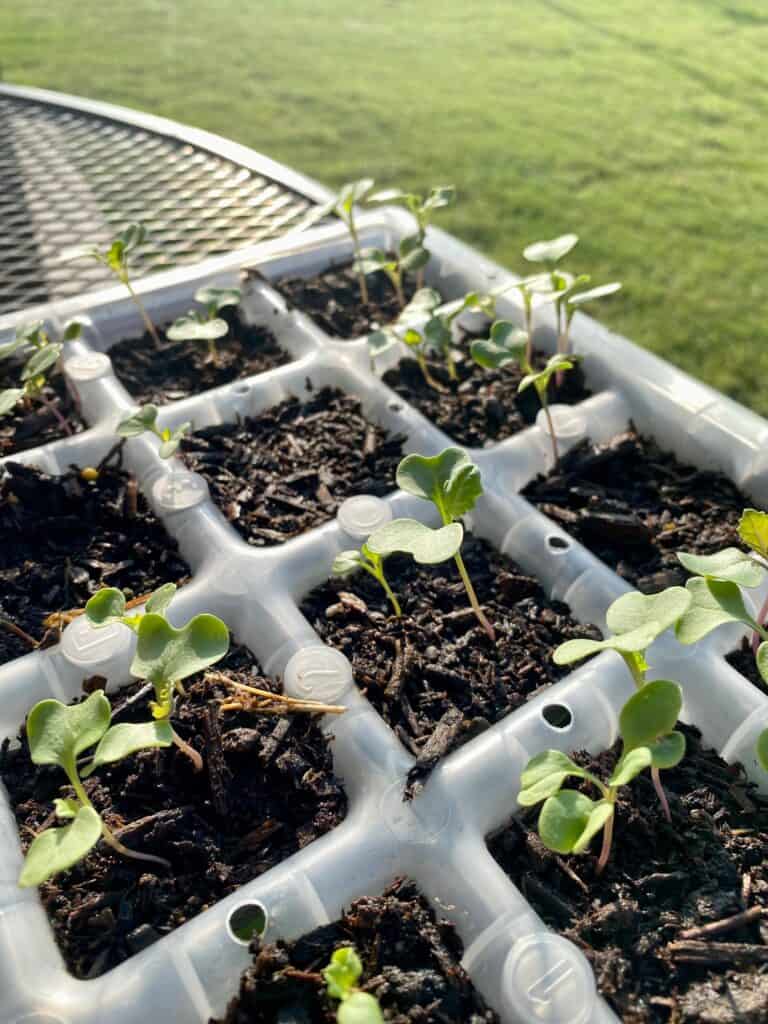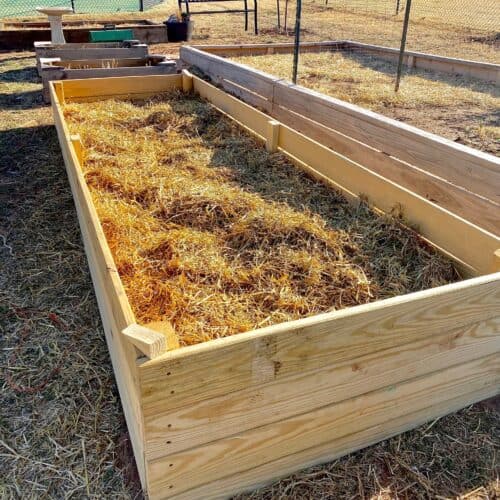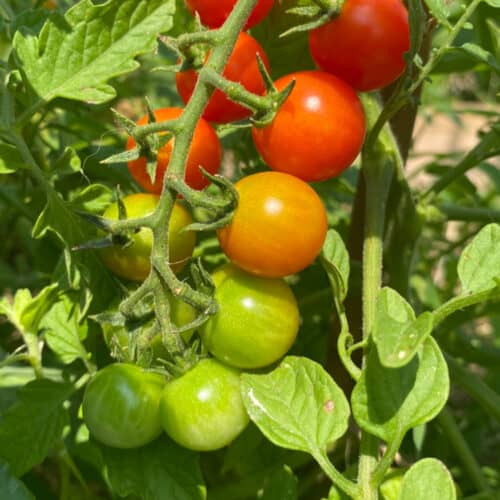Who wouldn’t love extending the growing season? We are going to explore winter gardening ideas that will help extend the growing season when that winter chill hits.

As the temperatures drop so does the garden production but with the right winter crops your garden adventures can continue. With a bit of planning, creativity, and some winter gardening tricks up your sleeve, you can extend your vegetable garden growing season well into the frosty months. We’ll explore ways to transform your garden into a winter wonderland of fresh, homegrown veggies.
This post is all about extending the growing season for winter gardening.
Choose the Right Crops
We want to start by selecting cold-tolerant vegetables that can thrive in chilly conditions. Some heirloom varieties of cold-tolerant vegetables are more cold-tolerant than modern hybrids. Experiment with different heirloom varieties in your winter garden to see which ones perform best in your specific climate.
Also look into varieties that are frost-tolerant as they can withstand frost and even improve in flavor after exposure to cold temperatures.
{Related Post: 13 Frost Tolerant Vegetables to Keep Your Garden in a Flourishing Frenzy}
Start Early Indoors

We want to get a head start on the growing season and the best way to do this is to sow seeds indoors. Start these seeds late summer or early fall then transplant into the garden once they are hardened off to withstand the cold/outside temperature. This method can extend your growing season by several weeks.
What is hardening off?
It is the process of gradually acclimating young plants, typically seedlings, to outdoor conditions before transplanting into the garden.

Mulch and Insulate
Applying a generous layer of mulch around your winter vegetables helps to maintain soil temperature and moisture. Straw, leaves, or wood chips can all act as effective insulators for the cold-tolerant vegetables in your fall winter garden. Additionally, covering the soil with plastic can help absorb and retain heat, keeping your plants warmer during cold spells.
Use Protective Structures
To shield your winter garden from the harshest elements, consider investing in protective structures like cold frames, row covers, and hoop houses. These structures trap heat, creating a cozy microclimate for the best winter veggies to grow. They also provide insulation against wind and snow, extending your growing season.

Monitor and Water
Winter gardening requires vigilance. Be sure to monitor your garden’s moisture levels, as winter winds and cold air can dry out the soil. Water your veggies during the day when the temperature is above freezing, allowing them to absorb moisture before nightfall when the risk of freezing increases.

Extending your Growing season
With These tips and tricks you can extend your vegetable garden into the winter months with crops that grow in winter. Embrace the challenge, get creative with your gardening techniques, and savor the rewards of an extended growing season
This post is all about extending the growing season for winter gardening!





